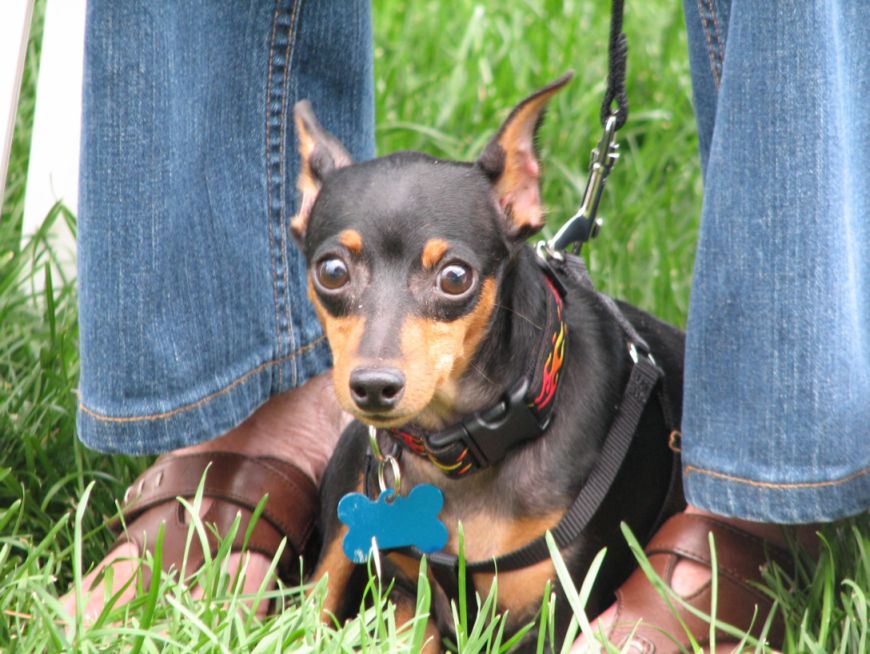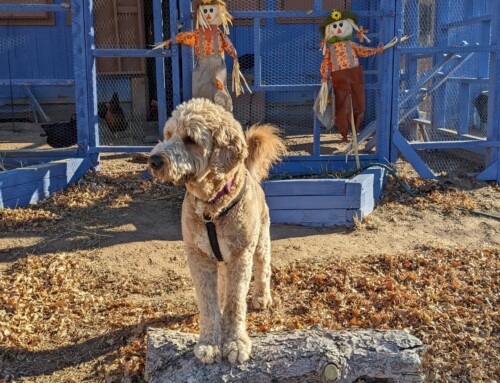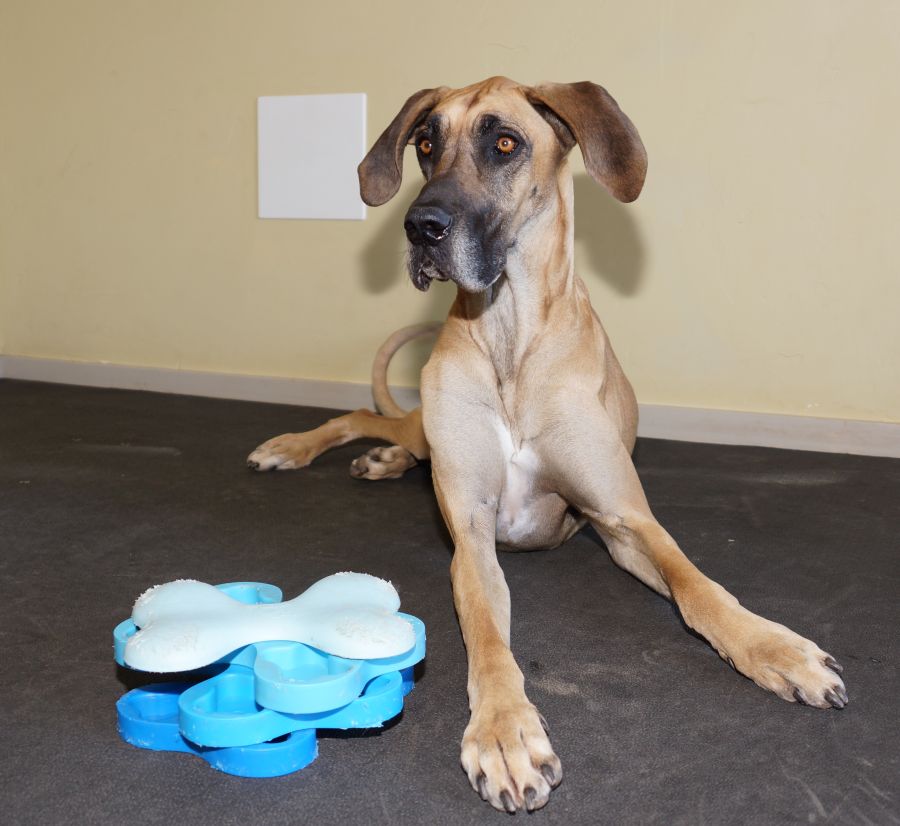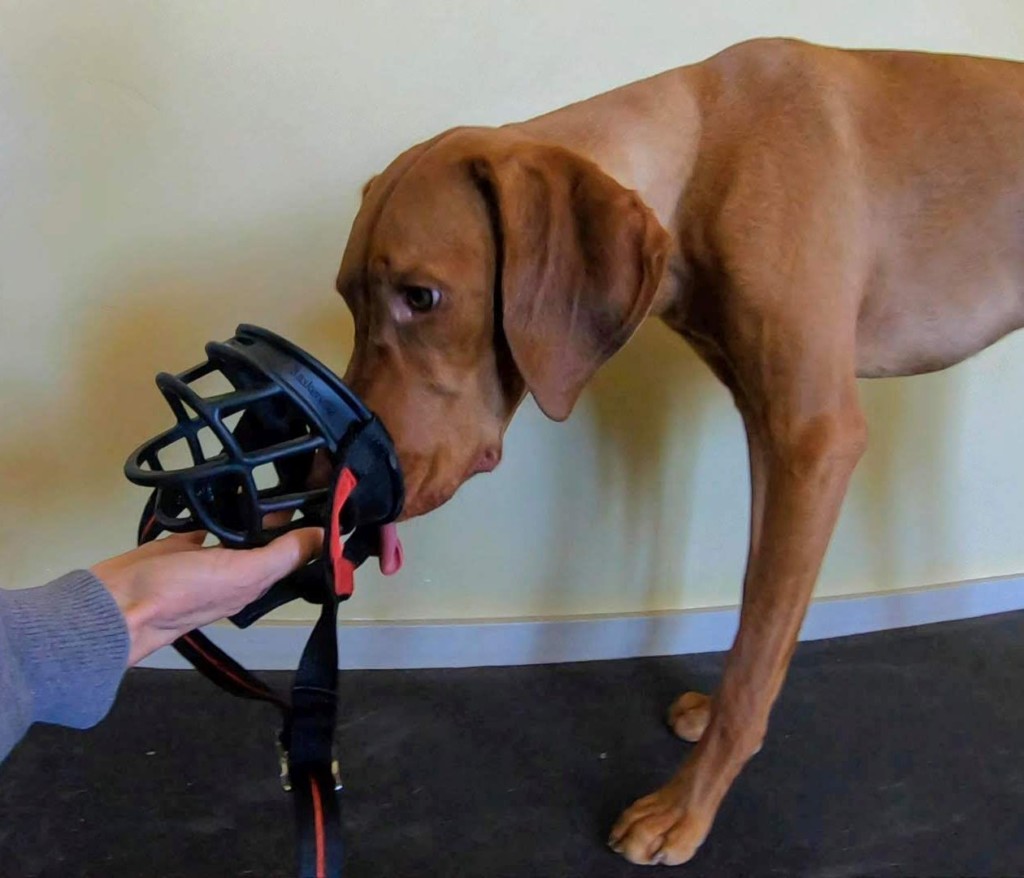DOG TRAINING OFFERED IN-PERSON AND ONLINEOur dog training services are delivered in almost any format that meets your needs. We have GROUP CLASSES at our indoor and outdoor facilities on our farm, ONLINE LIVE STREAMING classes, and SELF-PACED VIDEO-BASED training through our Online Dog Training Course. Our PRIVATE TRAININGS can be done in-home, outside, in public dog-friendly locations, at our facility on our farm, online via phone or video conferencing and through email. |
In my last post (October 2010), I discussed my evaluation of a dog who had bitten someone. In my evaluation, I determined that most likely this dog had been placed in a high stress situation with many factors contributing to the bite. In normal circumstances – ones without several stressful factors added one on top of the other – I think this dog needs work on basic manners and impulse control, but I don't see that she is at high risk of biting again.
One of the factors we need to look at when evaluating the risk of a particular dog biting in the future is whether the dog gives warning signs rather than going straight to a bite. After hearing more about this particular dog, I learned she had growled a few times in other circumstances. Some people would think this is a bad thing. While I prefer that dogs don't feel the need to growl, I like that a dog is giving plenty of warning. I'd much rather have a dog growl at me to say she's uncomfortable or stressed so I can do something about it. It's much better than a dog who bites with very little, if any, warning.
In some cases where a dog gives “no warning” it's because the dog was taught NOT to give any warning. Of course, that's not what people were intending to teach the dog. Many people are told that the dog should never be allowed to growl and punish the dog for growling. Does that “fix” the problem? Depends on what you think the actual problem is. If you think growling is the problem, then yes, you might very well “fix” the problem by punishing the dog for growling. HOWEVER, growling really is not the problem. Growling is the symptom of a bigger problem. The dog is feeling stressed, overwhelmed, afraid, or in some way feeling this is a dangerous situation in which the dog is at risk of being hurt or losing something of value (like a bone or sleeping space).
By punishing a dog for growling in these situations, all I am doing is teaching the dog to mask her feelings and not let anyone know she's stressed about it. So she learns to bottle up her feelings. And we all know what happens when you keep everything bottled up but never do anything to feel better about or resolve the situation, right? At some point, you're likely to explode. That's when dogs bite “out of the blue” because they've bottled it up and tolerated it as long as they could. But no one ever helped them feel better about the situation or learn that they don't need to worry about someone hurting them and taking things away.
These are issues that can be safely and happily resolved with positive reinforcement training and patience. Rather than blaming the dogs, let's blame ourselves for not helping the dogs learn a better way to respond to these situations.
Our goal is to positively impact the lives of as many dogs and their families as we can, in part through our extensive library of video, infographics and text articles. |







